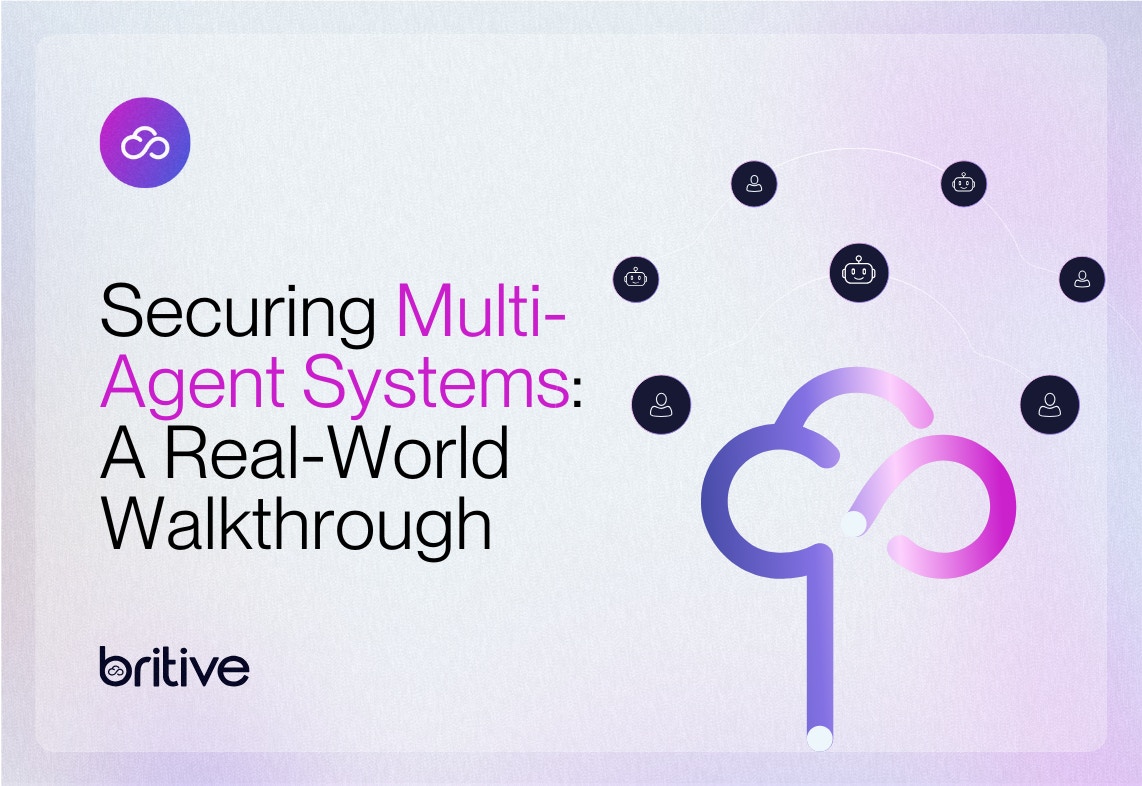


Back to resources
Different Identities, One Standard: Zero Standing Privileges Across the Digital Workforce
June 2025 / 5 min. read /

The digital workforce is evolving rapidly. From human users to non-human identities (NHIs) like service accounts and automation scripts, and now increasingly autonomous AI agents, each identity type has unique access needs and associated risks.
In this dynamic landscape, static access models can’t keep up. Security leaders need to adapt quickly.
This post explores the distinct challenges of securing human, NHI, and agentic AI identities and how a unified, Zero Standing Privileges (ZSP)-driven approach can help protect modern environments without slowing innovation.
Understanding the Evolving Identity Landscape
In traditional environments, human identities were the primary focus of security. They have known behavior patterns (like typical working hours, locations, and device usage) and can leverage multiple authentication factors such as passwords, biometrics, and MFA.
Non-human identities (NHIs), like service accounts, automation scripts, and API keys, are a different story.
They operate 24/7, they can’t use MFA and often become overlooked due to credential sprawl and rotation challenges.
Then there’s the newest player: agentic AI and multi-agent systems.
These AI agents are capable of autonomous decision-making and can initiate access across cloud environments, collaborate with other agents, and operate with little or no direct human supervision.
Their unpredictable behavior and evolving roles create new risks that traditional IAM or PAM solutions weren’t built to handle.
Unique Challenges in Securing Every Identity
Humans
- Unique Risks: Susceptible to phishing, insider threats, and access creep as roles change.
- Challenges: Credential reuse and ensuring permissions stay aligned with actual job functions as roles, responsibilities, and projects change over time.
- Limitations: Requires consistent access reviews and behavior-based policy enforcement.
- Unique Risk: Static, long-lived credentials that can be exploited if compromised.
- Challenges: Can't be secured with MFA, face potential credential sprawl as they’re repurposed and used across teams, resulting in difficulty around visibility and lifecycle management.
- Limitations: Without proper governance, credentials and access can outlive NHIs leading to hidden security risks.
- Unique Risk: Autonomous decision-making that can potentially bypass guardrails or exploit excessive permissions.
- Challenges: No governance standards, unpredictable behavior, fast-evolving capabilities.
- Limitations: Can’t be managed by static IAM/PAM models and requires dynamic access governance and real-time control.
Read the latest report from Aragon Research defining Agentic Identity and Security Platforms (AISP), a must-have for securing AI agents.
Securing Access Across All Identities
While each identity type brings unique challenges, there are best practices and identity security principles that can be applied universally:
Access should never be permanent. Permissions must be dynamically granted only upon request and automatically revoked after use. This eliminates exposure windows and limits the blast radius of any breach, especially for AI-driven or automated tasks.
Zero Standing Privileges (ZSP)
No human, service account, or AI agent should have always-on access to sensitive systems. ZSP removes static permissions and reduces risk across all identity types.
Context-Aware Policy Enforcement
Access decisions must consider risk signals: time, location, device, behavior, identity type, and resource sensitivity. Adaptive security policies ensure permissions match both intent and context, which is vital for AI agents whose actions can evolve rapidly.
Unified Visibility
A single platform to see who (or what) has access to what across every part of the environment. Real-time insight and historical audit trails allow security leaders to identify risky access combinations and stop them before they become threats.
Frictionless Security
Security must integrate directly into cloud-native workflows to avoid slowing down innovation. A modern access management platform should empower developers, DevOps, and AI-driven teams to build securely without adding bottlenecks.
Why ZSP is the Future of Security Across All Identities
Cloud environments move fast. AI agents move even faster. Static access models from the past weren't built to keep up with the scale and nuance of today’s digital workforce.
Implementing ZSP and ephemeral JIT access is no longer just a best practice; it's an essential part of securing the modern enterprise.
It’s how security teams reduce the attack surface, streamline audits, and keep pace with constant innovation. And with Britive, these principles become operational realities across all identities: human, non-human, and agentic AI.
As your environment evolves, so should your security strategy. Identity-aware access management that recognizes the unique needs of every identity and enforces a single standard will set your organization up for long-term success.
Ready to modernize your access controls? Learn more about how Britive unifies security for human, NHI, and AI identities in the cloud.
Schedule a time to chat with our team of cloud security experts directly.

